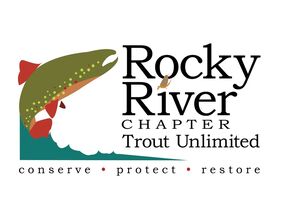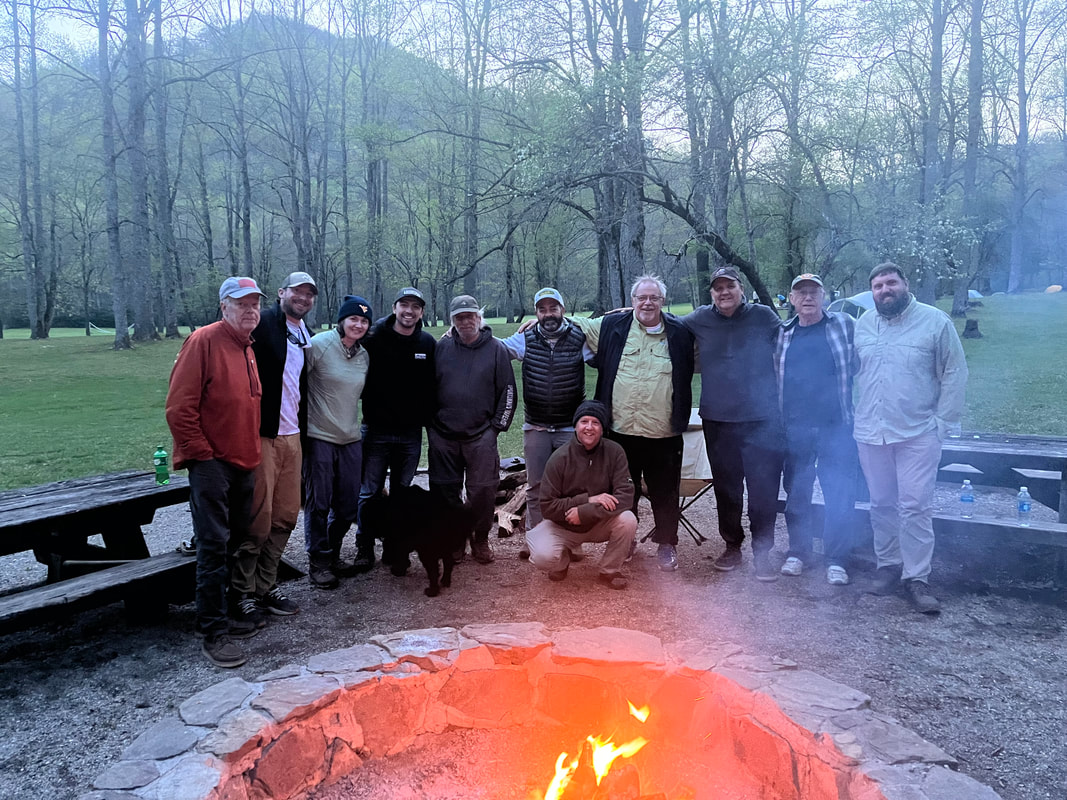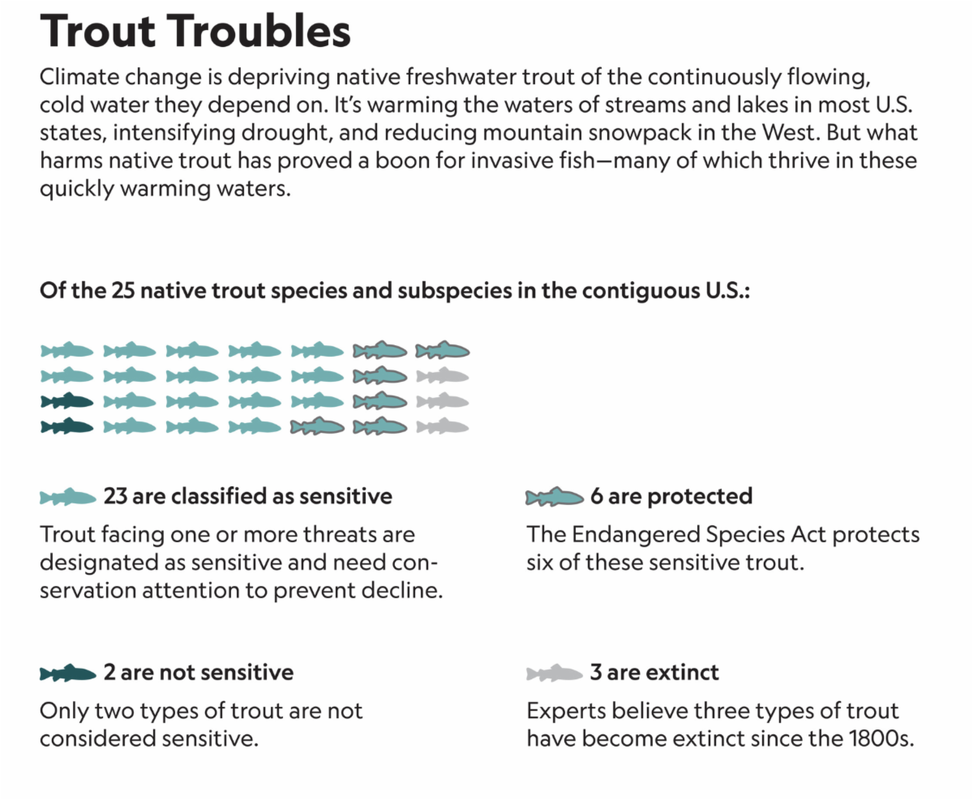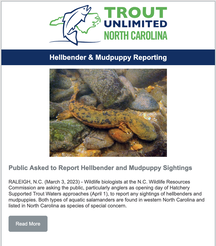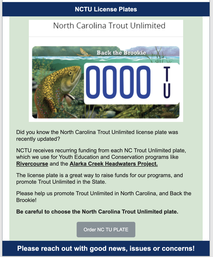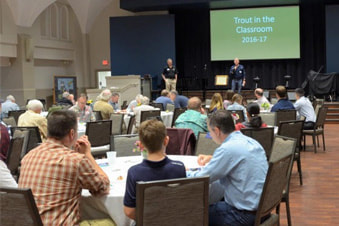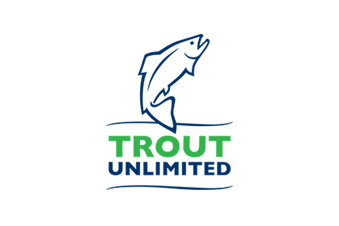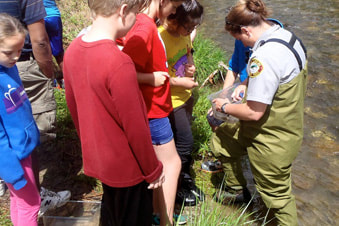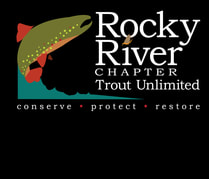Rocky River Chapter
|
Calendar of Events :
Important Notice On Upcoming Events !!
In response to member suggestions, we are experimenting with rotating locations for upcoming chapter meetings. Please make note of the following locations on your calendar. These meetings will also be broadcasted through Zoom. Another Successful Appletree Outing
Our thanks to Bill Thomas and Jim Mabry for their mighty efforts to coordinate all the fine food and logistics for our recent camping experience! Everyone chipped in on the chores to make for a memorable time. Hope all of you can join us next year! Casting Carolinas is a fantastic organization which supports women who are challenged with all forms of cancer, at all stages of cancer. They are currently taking applications for their 2024 retreats so please follow and share the link below. Casting Carolinas is also seeking additional volunteers to assist at these retreats. Here is the link to the retreats.
https://castingcarolinas.com/retreats Conservation News Here :
HOT WEATHER AND TROUT
Many of our rivers and streams due to unseasonably high temperatures have warmed to a level where fishing stresses trout and may cause potential harm. Do not fish if the water temperature is higher than 65 degrees. Make sure to carry a thermometer and check periodically throughout the day. PLASTIC IN OUR RIVERS AND STREAMSThe photo is a ‘birds nest’ one of our members picked up recently while fishing. It appears to be 20# mono line. Interestingly, it was found on a ‘blue line’ in an area that is a bit off the beaten path.
Plastic pollution and in particular micro plastics are increasingly becoming a problem in many of our rivers in the Southern Blue Ridge Mountains. The Broad, French Broad, Green, Hiwassee, Little Tennessee, New and Watauga river basins have all been tested and shown to contain varying levels of microplastics. They are harmful to aquatic life and also a potential threat to human health. Many of us, myself included have at some point been guilty. Maybe it’s the small tags we trim off or a small/large piece we leave in the trees. In any case it is time that each of us make a conscious effort to not contribute to the problem. If you are interested in learning more about plastic pollution in North Carolina check out this Link. |
Rocky River EventsJoin us in the activities that are of interest to you and become one with our cold-water resources.
|
Join Chapter 348 - Rocky RiverThe members of the Rocky River Chapter support a number of local area programs. Join Us Today!
|
Rocky River ProgramsRocky River Trout Unlimited members are heavily involved in a number of conservation projects and programs.
|
